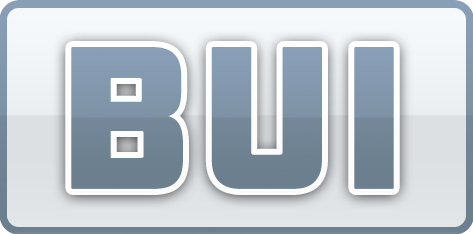FILEOPEN() Function - Create File Open Dialog
Syntax
FILEOPEN(prompt,path,name,ext[,filters[,mode]])
(BBj 7.0 and higher)
FILEOPEN(prompt,path,name,ext[,filters[,mode[,MODE="CLIENT,EXISTS=option,RESOLVE=option,STYLE=name"]])
Description
The FILEOPEN function activates the standard File Open dialog.
|
Parameter |
Description |
|||||||||
|---|---|---|---|---|---|---|---|---|---|---|
|
prompt |
Text to display in the title bar of the dialog. |
|||||||||
|
path |
Default directory for the file to be opened in the dialog. |
|||||||||
|
name |
Default name for the file to be opened in the dialog. Use the empty string ("") to avoid setting a default filename. |
|||||||||
|
ext |
Default extension (usually 3 characters, do not include the dot) for the file to be opened in the dialog. Use the empty string ("") to avoid setting a default extension. |
|||||||||
|
filters |
One or more filters in the following format: "text description" + $0a$ + "mask" [+$0a$ + "text description" + $0a$ + "mask" ...] The mask specifies an extension, in the format "*.ext" or "*.*"; two or more masks are separated with semicolons. The filter, if included, indicates which files will appear in the list. For example: REM Illustrate the use of the FILEOPEN() function |
|||||||||
|
mode |
In BBj 5.00 and higher, select whether file, directories, or files and directories are selectable using the file dialog. The available options for mode are:
Note:The default setting is 0. When setting mode to 1 or 2, the filters option is ignored. For example:
|
|||||||||
|
MODE="CLIENT" |
In BBj 7.0 and higher - if this option is present, the FILEOPEN dialog will show files on the client's filesystem instead of the server's system. If this option is omitted, the FILEOPEN dialog will show files on the server's filesystem. |
|||||||||
|
MODE="STYLE=name" |
In BBj 14.0 and higher, this sets a FILEOPEN style name, equivalent to BBjControl::addStyle. This can be used to apply custom CSS styling to a BUI FILEOPEN. |
|||||||||
|
MODE="EXISTS=option" |
In BBj 15.00 and higher, this mode specifies what should happen when the user selects a file that doesn't exist. The available options are: 0 The selection is accepted with no additional user action.
|
|||||||||
|
MODE="RESOLVE=int" |
In BBj 17.0 and higher, this mode specifies how the selected filename should be resolved. The available options are: 0 The absolute filename is returned. 1 The canonical filename is returned. In some environments, this resolves selected symbolic links to their target file. This is the default. |
|||||||||
| MODE="RESTRICTED" | In BBj 21.11 and higher, this mode restricts a server-side file chooser to the directory specified in the default directory (path). | |||||||||
| MODE="attr=value" |
Server fileopen() can specify DWC file-chooser attributes. Client fileopen() can specify DWC upload attributes. |
The user can create a dynamic filter by typing a simple pattern (containing at least one * or ?) into the filename text box (e.g. *.pdf).
When the dialog is dismissed, this returns "::BAD::" (error encountered), "::CANCEL::" (user clicked Cancel), or the fully qualified path of the selected file.
In BBj 2.02 and higher, the FILEOPEN function and mnemonic is localized according to current STBL("!LOCALE") setting. For more information, see Localization.
For more information, see FILEOPEN Mnemonic - Create File Open Dialog, Mnemonic Groupings, and STBL Formats - BBj
 CSS
CSS
The visual appearance of BUI controls is defined using CSS (cascading style sheets) rules. Easily change the default colors, border, and other settings by customizing these rules, all without changing any application code. See CSS API for a high-level overview of BUI CSS.
See Interacting with client files in BUI and DWC for a discussion of the BUI FILEOPEN() function with MODE="CLIENT".
The FILEOPEN() function defines the following style names:
.BBjFileOpen (the top level of the dialog window)
.BBjFileOpen-title (the title bar)
.BBjFileOpen-panel (the body area)
The body contains a .BBjFileChooser structure as defined for the BBjFileChooser control.
Sample
|
